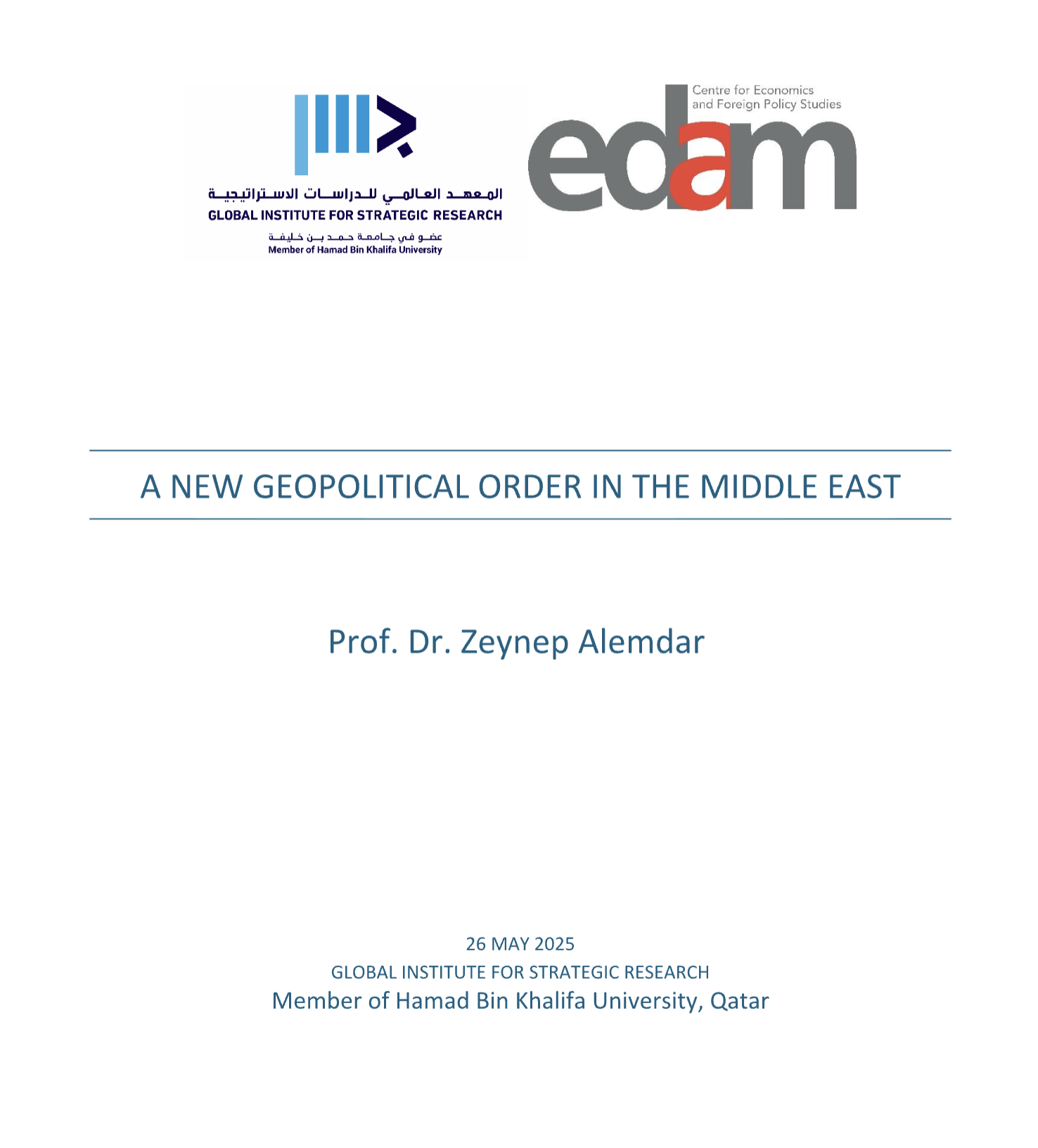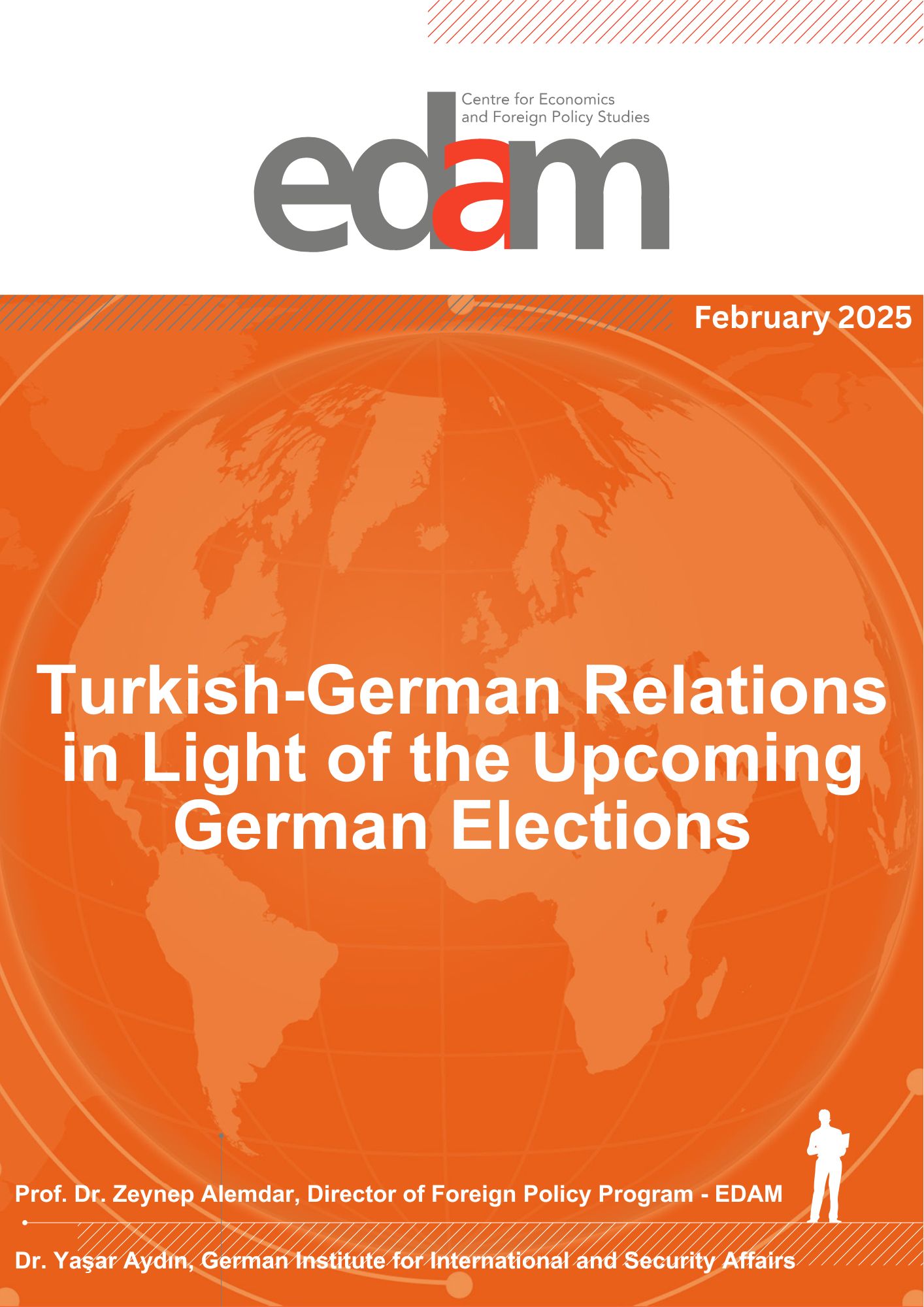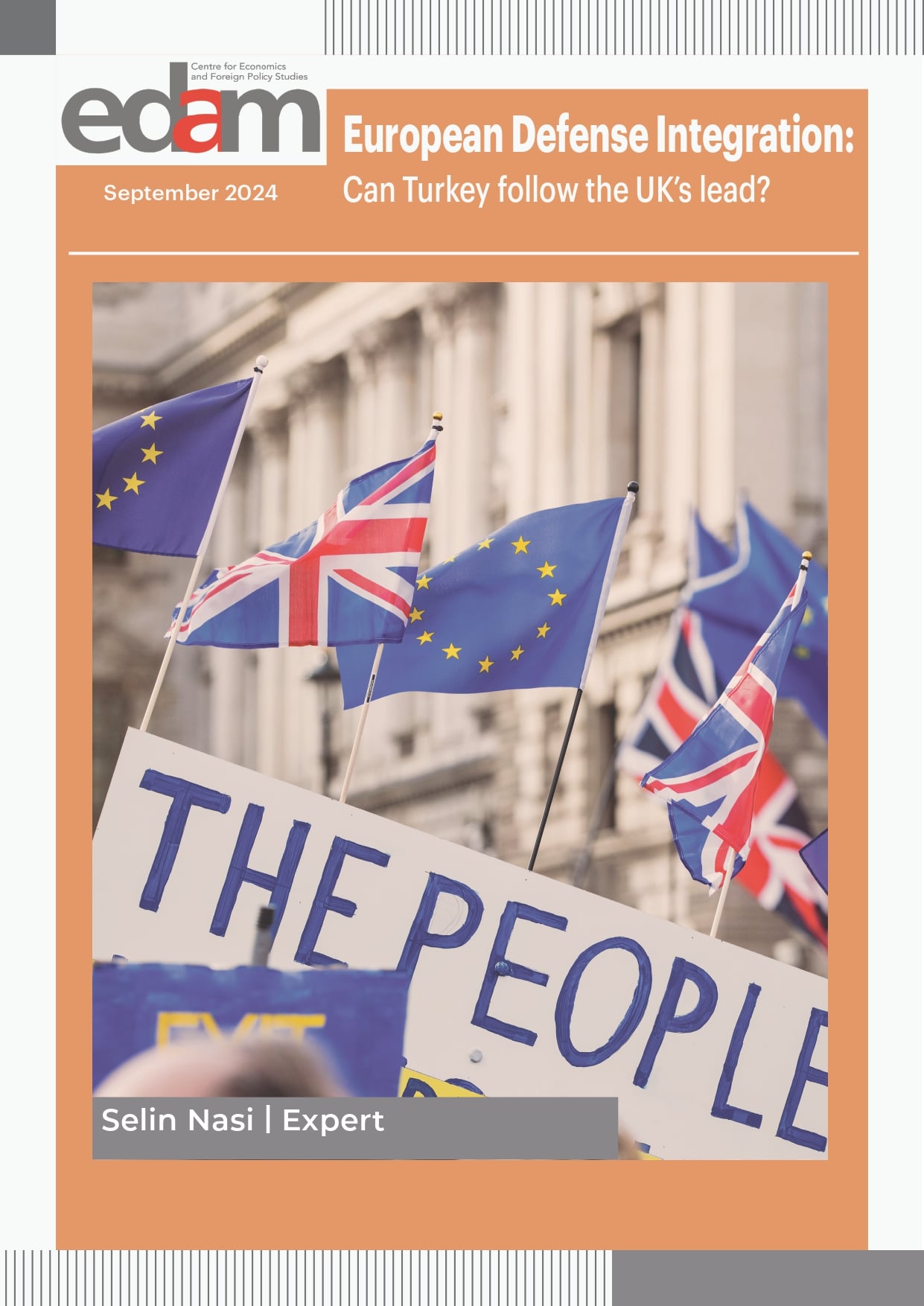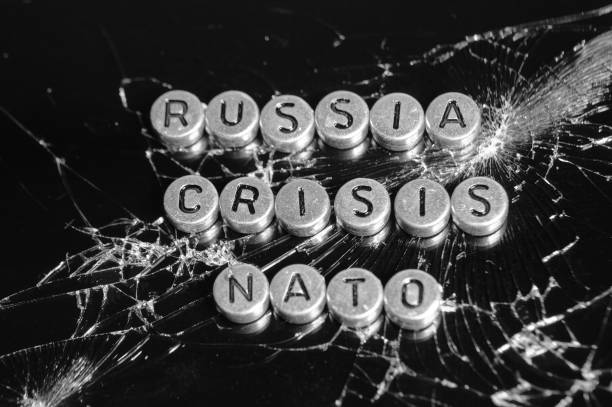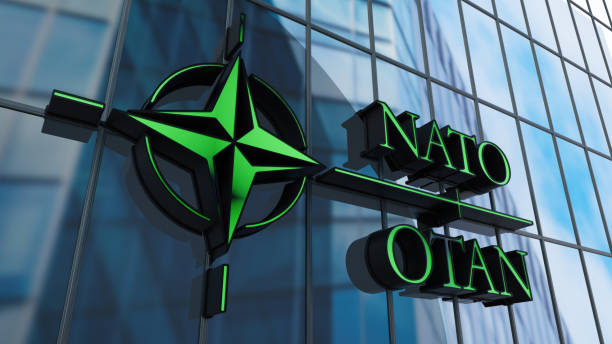
18.05.2022
Drone Warfare: Drone Wars, Defense Economics and Turkey’s Way
Key Takeaways
- Drone warfare is in a reshuffle moment in terms of arms transactions trends and concepts of operations. The number of supplier nations is growing, and the competition in the international weapons market is heated-up. In the meantime, unmanned systems are shifting from predominantly surgical targeting tasks towards assuming warfighting roles in conventional settings, such as spotting for friendly artillery, and eliminating mobile air defenses.
- Unmanned aircraft systems (UAS) are on the rise in the international weapons market with a high compound annual growth rate (CAGR), an increasing trade volume, and a pronounced tendency of militaries to use these assets in armed conflicts. As a result, growing number of nations are fast gaining an edge in drone warfare. The U.S. & Israel hegemony in exports has been broken by emerging suppliers, such as China and Turkey. As for the loitering munitions (kamikaze drones), especially anti-radiation variants, Israel still has the technological upper-hand and the largest share in the international weapons market. However, various studies categorically distinguished between traditional drones and loitering munitions.
- Although AI-driven opportunities have been on the rise, drone warfare capacity, as it is today, is predominantly reliant on well-trained and disciplined personnel. The present portfolio is still dominated by remotely-piloted solutions.
- From a military-strategic standpoint, and given defense technology opportunities and limitations, underestimating the efficiency of unmanned systems, or considering them to be ‘silver bullet’ weapons in any engagement against any belligerent, would be equally flawed. Yet, UAS are true force-multipliers, especially when used within the right operational art against adversaries with specific shortfalls.
- Evidence suggests that drone warfare has proven to be very effective against adversaries who lack sufficient sensor fusion capabilities and adequate anti-drone arms deployed in a networked configuration. For example, the Syrian Arab Army during Operation Spring Shield and the Armenian occupation units during the 2nd Karabakh War, with their primarily Soviet-era armament, inadequate sensor fusion, and lack of information superiority, were ‘suitable preys’ for drones in a conventional setting. In both cases, UAS gave an overall boost to friendly weaponry and platforms, in addition to executing kinetic strikes to eliminate a broad target-set, ranging from mobile air defenses to artillery pieces and armored platforms.
- Maintaining the upper-hand in the electromagnetic spectrum is a critical prerequisite for waging a decisive drone warfare effort. The rate of attrition can be high for unmanned systems, especially when operating within the adversary’s electronic warfare (EW) envelopes.
- Proliferation trends and transactions are accelerating in different corners of the world. Israel has traditionally filled the UAS market with very flexible export conditions and effective systems. In contrast, the United States’ strict arms sales acquis and bulky political-bureaucratic procedures have limited the American manufacturers’ export clientele. China is challenging the Israeli & US hegemony via its growing portfolio. Turkey is yet another rising exporter with a rich buyers’ profile and combat-proven solutions. Russia, finally, remains the late-comer of the unmanned aerial combat vehicles bonanza. Yet, Moscow is diligently investing in interesting solutions, such as the Lancet drone-hunter UAV, while incorporating surveillance drones into artillery units organically for forward observer tasks.
- Although some initiatives strive to rein back drone proliferation trends under regulatory frameworks – especially for lethal autonomous weapon systems (LAWS) –, as visibly observed in the European Union’s stance, defense technology giants and militaries worldwide are heading to the very opposite direction. In this respect, we do not anticipate a particular arms control regime for unmanned systems or autonomous weapons on the horizon.
- Turkey is not only a powerhouse drone producer but, also a successful concept of operations developer in robotic warfare. Therefore, lessons learned from Turkey’s drone campaigns are of significant importance.
- Analyzing Turkey’s drone exports without developing a thorough understanding of the global weapons market trends would be analytically inaccurate. One needs to assess the Turkish drone exports policy in comparison to other actors in the game. On the extreme end, Iran provides violent non-state armed groups with its reverse-engineered drones. China actively sells UAS to conflict zones, and in some cases, (for example, General Hafter's forces in Libya), the ‘end user’ differed from the original importer nation with no objection raised by Beijing. Israel has never been perfectly transparent regarding its exports portfolio, in many cases due to the procurer nations’ sensitive national security demands. Furthermore, unlike the U.S. Congress, the Knesset does not have the final say in Israel’s arms sales decisions. Various drone-maker nations are not Missile Technology Control Regime (MTCR) parties. While the U.S. drone export policy is the strictest, it came at the expense of unfulfilled potential of the nation’s unparalleled defense technological capabilities, costing business opportunities and jobs. As a newcomer in the arms exporters’ league, and given that leading Turkish UAS manufacturers strive to boost their exports revenues, Turkey should not mimic the U.S. acquis in drone sales.
- Turkey needs an aggressive strategy at a time of combat drone market reshuffling. The U.S. defense industry’s situation in the Saudi weapons market offers a good example in this respect. Although the American arms-makers enjoy almost 80 percent share in Saudi weaponry imports, the Chinese have snatched up the combat drone segment with their recent sales. Beijing is likely to capitalize on its sensational entry into the Middle Eastern drone market, restricting space for other actors to compete. Market entry and follow-on domination are the critical business goals at the time being.
- Introducing a politico-bureaucratic model for Turkey’s arms exports roadmap is beyond this report’s scope. Nevertheless, we conclude that it would be timely for the Turkish administration to publish an official white paper, explaining Turkey’s drone warfare paradigm, defense technological strategy, and exports policy approach. Such a document can serve as a pioneering reference in shaping the ongoing debate about Turkish UAS. Furthermore, establishing a national drone warfare center of excellence with broad participation from the Turkish strategic community (state-owned and private defense sector, security forces, high-tech circles, and relevant think-tanks) would also be a logical next step for Turkey.
